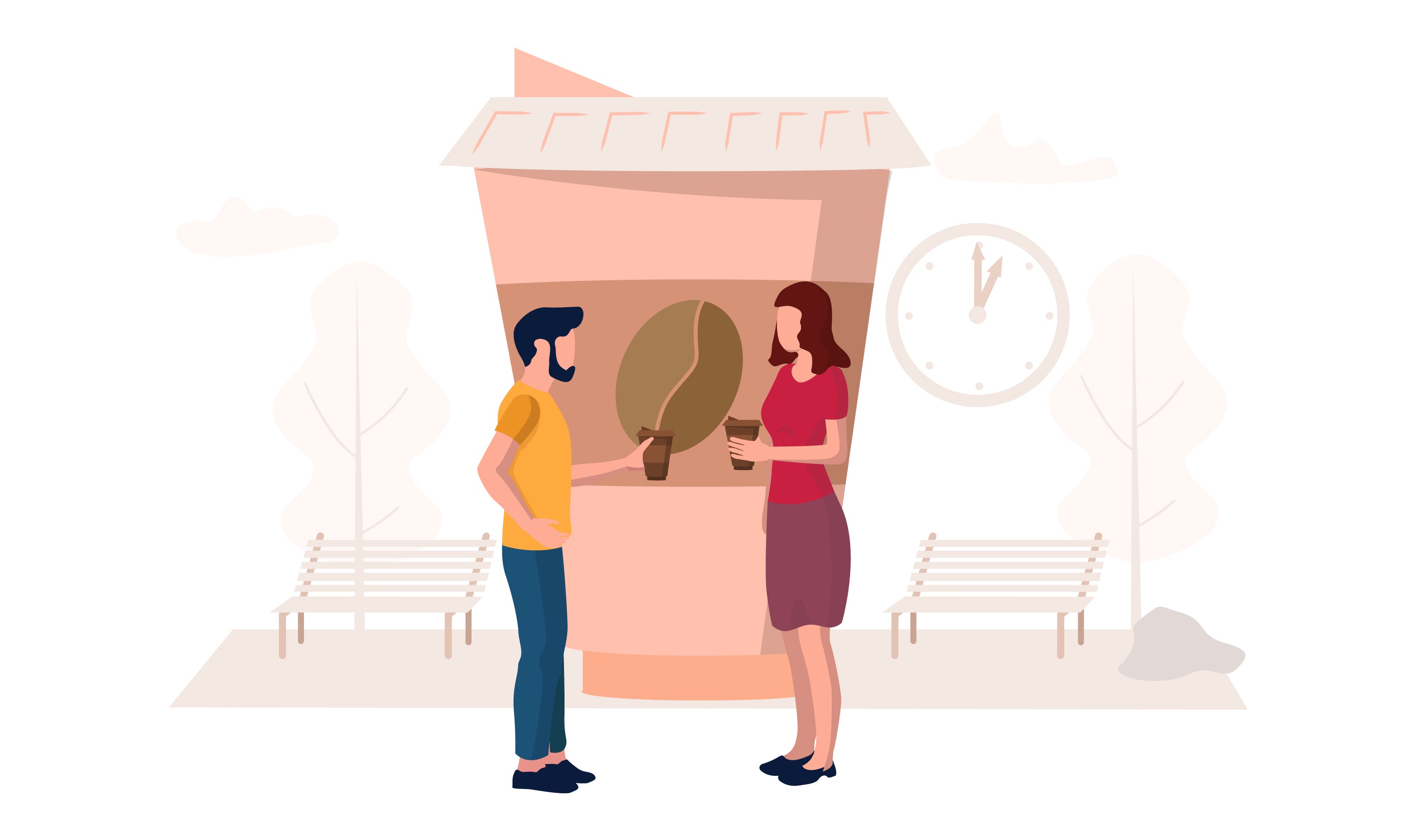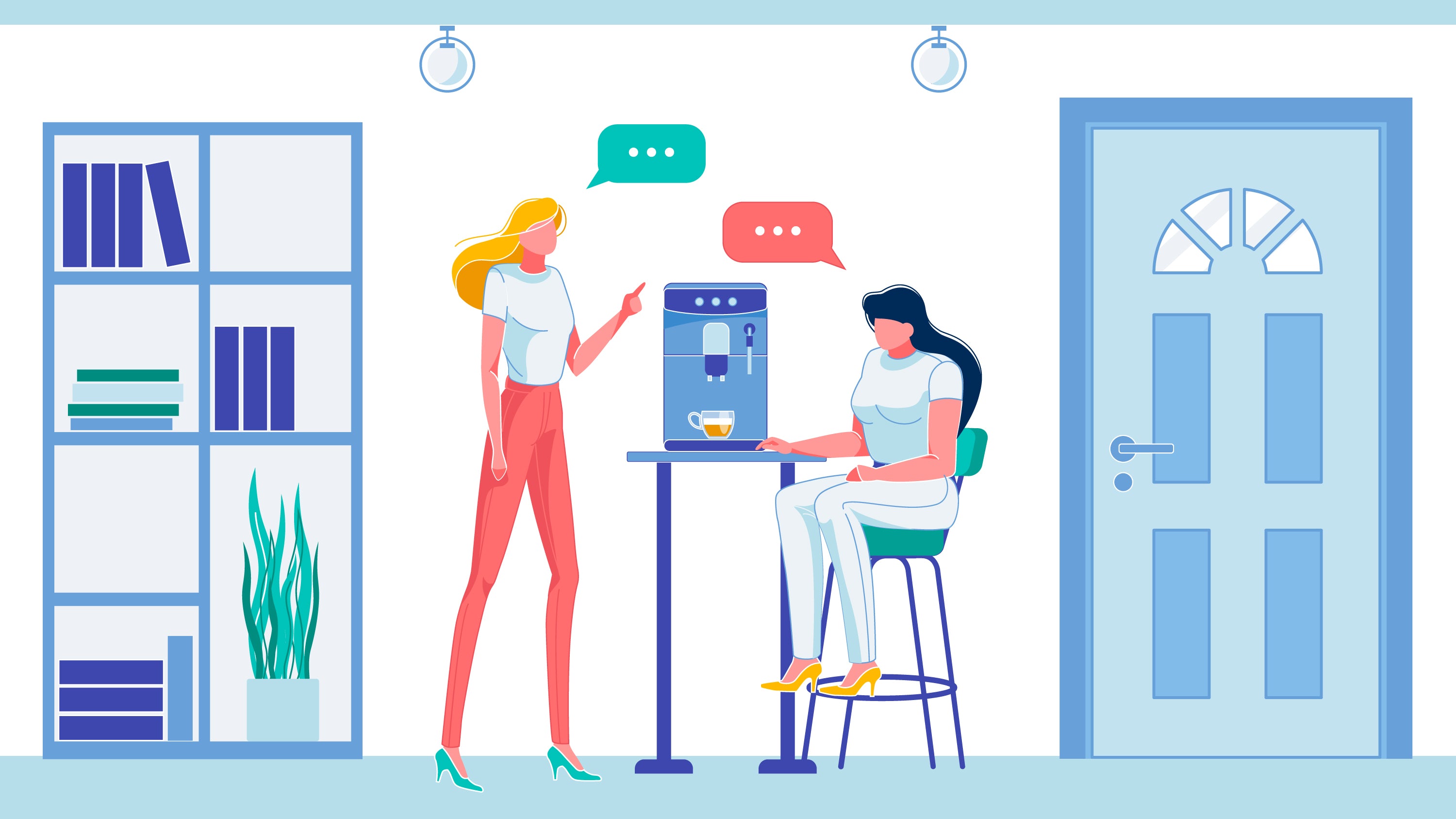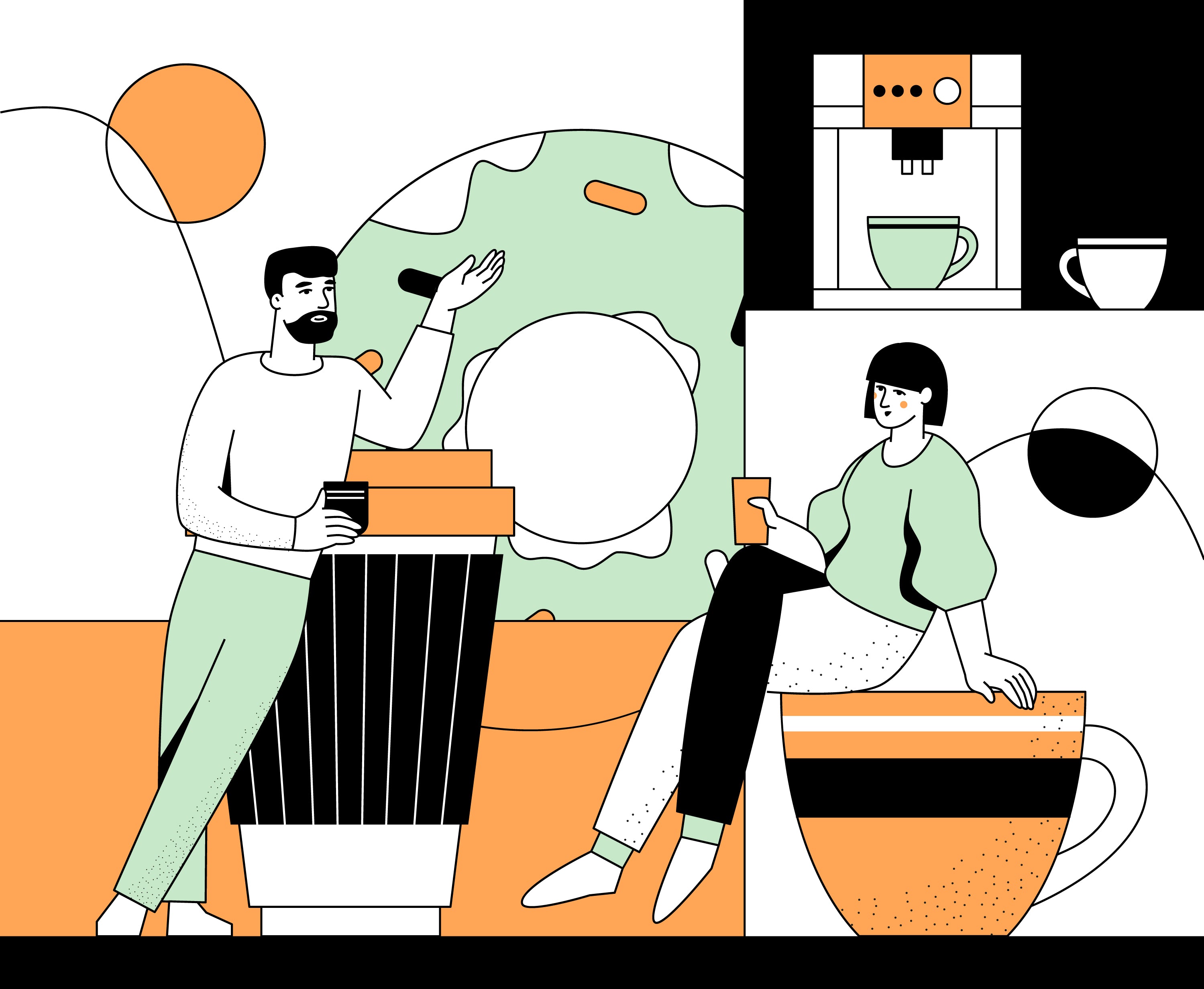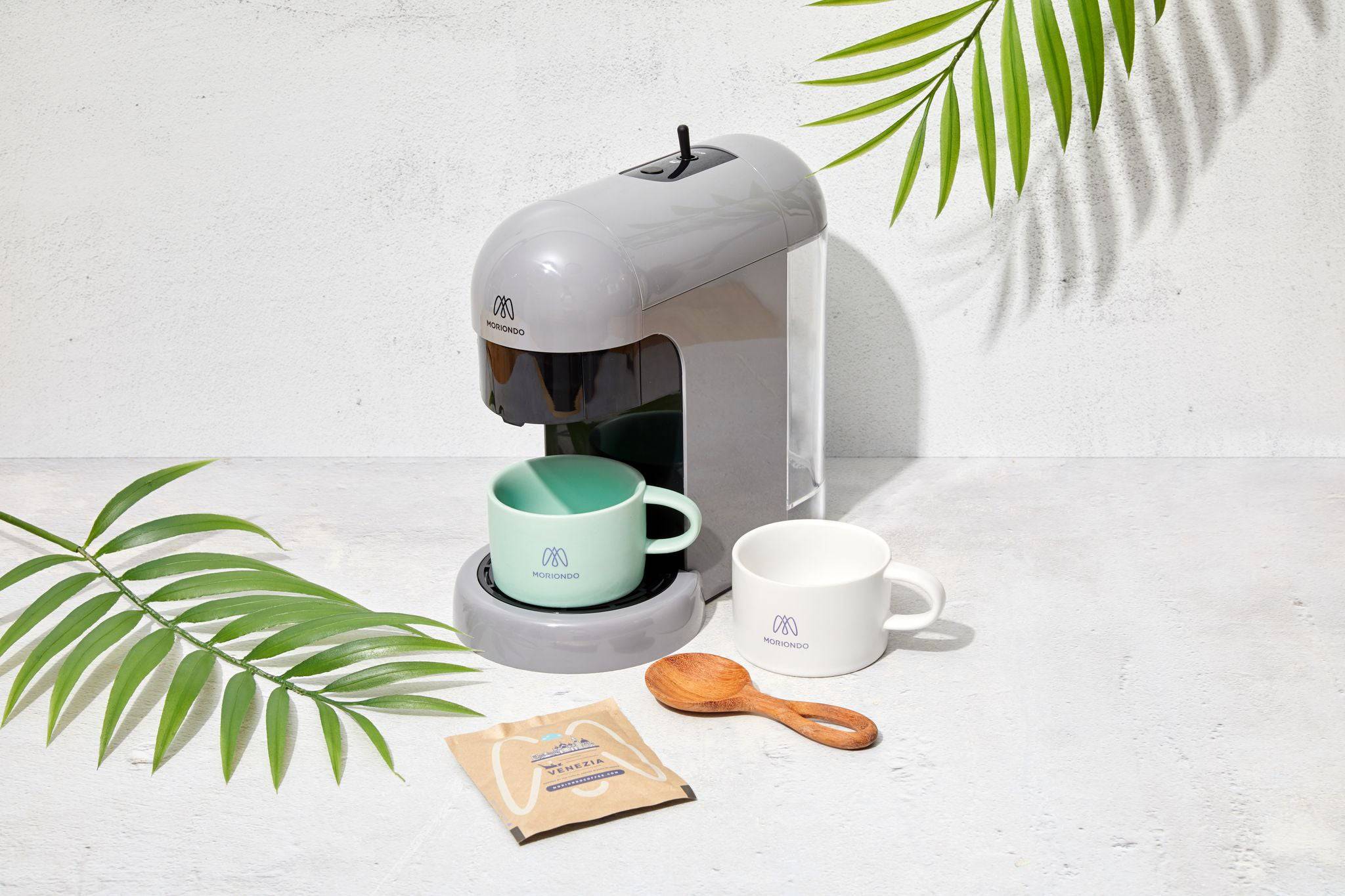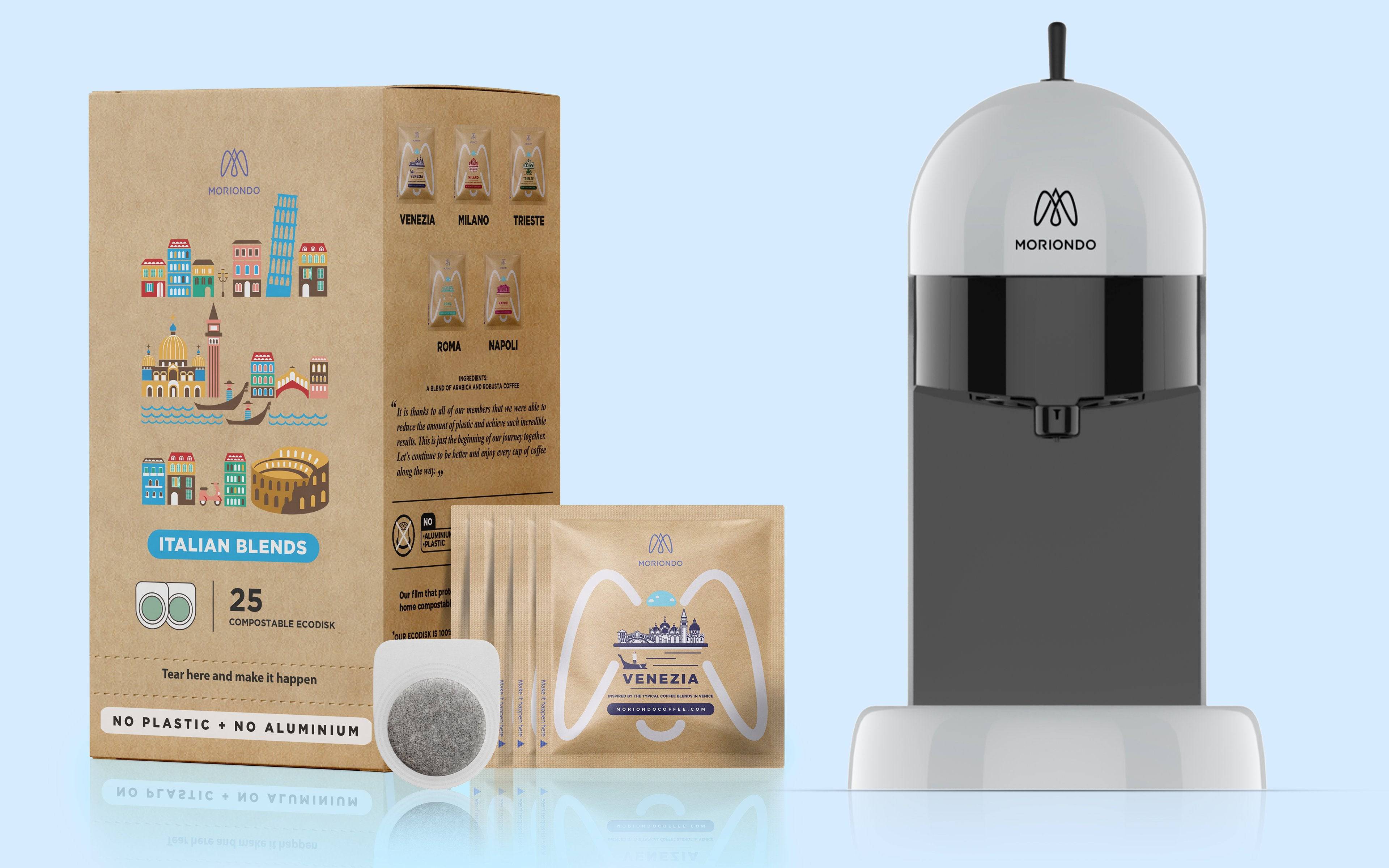The ugly truth about single use plastic and waste
Scientists predict that in 25 years, there will be more plastic in the ocean than fish. Since both our consumption habits and the material of plastic itself play a role in the waste build up, single use plastics need to be phased out. Indeed, one of Moriondo Coffee’s top priorities is to achieve zero waste coffee.
Scientists predict that in 25 years, there will be more plastic in the ocean than fish. Since both our consumption habits and the material of plastic itself play a role in the waste build up, single use plastics need to be phased out. Indeed, one of Moriondo Coffee’s top priorities is to achieve zero waste coffee.
The problem is that we don’t see plastic disposal sites firsthand, making it easy to ignore the issue. Plastic gets dumped into landfills and the ocean — out of sight, out of mind. Yet, we’ve all seen online photographs of birds dying and read stories of whales starving because of their plastic-filled stomachs. These emotional warning signs highlight our single use plastic problem.
What are single use plastics?
Single use plastics are things like straws, wrappers, bottles and bags that we only use once before we throw them into the garbage. Most single use plastic is used for packaging material.
In total, there are six common types of plastic: PET, HDPE, PVC, LDPE, PP and PS. These plastics are labelled with the numbers 1 through 6 on most packages. All types of plastic are used for making single use products.
Since plastic takes an extremely long time to break down, it accumulates in the environment, creating excess debris. Plastic items designed for long term use are kept out of the waste stream for a longer time, while single use plastic products promise the rapid accumulation of waste.
How much single use plastic waste do we generate?
The world produces 400 million tons of plastic each year and 300 million tons of that plastic goes into the waste stream. In 2015, 47 percent of the plastic waste came from plastic packaging.
Nearly 80 percent of the plastic ever produced now occupies landfills, dumps, the oceans and other places in the environment. Only 9 percent of the world’s plastic has been recycled. The rest of the plastic has been incinerated.
Most startling of all, manufacturers are ramping up their production. Fossil fuel industry leaders have plans to increase plastic production by 40 percent by 2030.
How long does single use plastic take to decompose?
Most plastics, especially those derived from propylene, a byproduct of the oil industry, don’t naturally decompose. If they seem to disappear it is because they have gradually fragmented and splintered into tiny pieces of plastic, referred to as “microplastics.” Plastics degrade into smaller particles over time based on a number of factors: chemical composition, molecular weight, additives, and environmental conditions like abrasion or light.
Here are the timelines for common plastic items to degrade:
-
Plastic bottle: 450 years
-
Plastic diaper: 450 years
-
Plastic ring holder for aluminum cans: 400 years
-
Styrofoam cup: 50 years
-
Plastic bag: 20 years
What problems does single use plastic waste cause?
The issue of microplastics has come under scrutiny in recent years due to the prevalence of microplastics in fish, table salt, our stool and even raining down from the sky in natural areas. Scientists aren’t sure of its impacts on our biological functions, but they worry that additives used to make plastic can cause endocrine system disruption if ingested at that size. This can negatively impact our brain function, reproduction and development.
Plastics also have a hugely negative impact on wildlife, especially in the oceans. Marine animals get caught in fishing line, they mistake plastic for food causing them to starve and the effects can be seen up and down the food chain from the smallest krill to the largest whales.
On top of this, plastic can release greenhouse gas into the atmosphere as it decomposes, contributing to climate change.
How can I reduce my personal use of single use plastic?
The easiest way to avoid single use plastic is to plan ahead for food packaging.
-
Carry a reusable water bottle or coffee mug with you.
-
Take your own shopping bags with you to the store.
-
Take containers to the grocery store and buy in bulk.
-
Make food at home to reduce the amount of processed food packaging you put in the garbage.
Next, consider updating your shopping habits.
-
Consciously choose boxed, canned or cartoned goods.
-
Buy liquids that come in glass bottles.
-
Buy clothing made from natural fibers.
-
Order and buy from companies that have phased out plastic.
-
Ask your favorite local vendors to switch their packaging materials.
Finally, you should also try to influence those around you to improve their waste habits. Creating an eco-friendly workplace is a great way to start, because decisions are usually made collectively there. Hopefully these facts and tips will encourage you to make wise decisions.
At Moriondo Coffee, we developed a simple, single-serve coffee machine that eliminates all single use plastic waste. When we take proactive steps to solve the problem, anything is possible.
Erica Eller, Sustainability Content Marketing Writer
Good Tasting Coffee: How to Identify Coffee Flavors

In order to appreciate the different types of coffee available, it's important to cultivate an awareness of its unique characteristics. Let's take a look at the way coffee connoisseurs judge different cups of coffee.
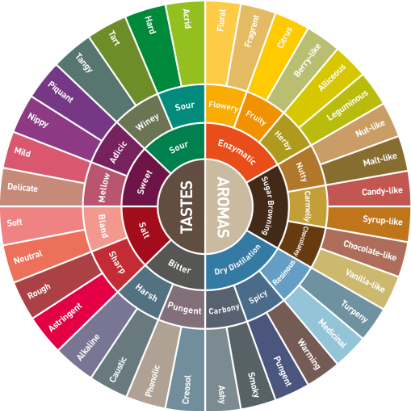
Aroma
The scent of a cup of coffee has a direct influence on how we perceive its flavor. As you drink coffee try to notice if the scent is smoky, fruity, earthy, spicy, nutty or grassy.
Acidity
One of the most defining characteristics of a cup of coffee is its acidity. This is the sharp, bright tangy quality of coffee that perks up our senses. Coffee doesn’t necessarily contain just one type of acid, either. It may contain citric acid, malic acid (fruity in flavor) or even quinic acid from stale coffee, which gives us stomach aches.
Body
This is the weight, thickness and texture of coffee in your mouth. The body of different types of coffee falls on a spectrum of light- to full-bodied viscosity (thin to thick).
Flavor
This is where comparisons come in handy and there is some overlap between aroma and flavor. Your coffee might taste bitter, sweet, savory or sour with common comparisons to chocolate, wine or fruit.
Related Posts
